
What is Topsoil?
Topsoil is the uppermost layer of soil, typically the top few inches, and is the foundation for healthy plant growth. This crucial layer contains the nutrients, organic matter, and microorganisms necessary for supporting everything from lawns and flower beds to fruit and vegetable gardens.
Without high-quality topsoil, plants may struggle to establish roots, absorb nutrients, and retain moisture. Poor-quality or depleted soil can lead to weak, patchy lawns and undernourished plants. That’s why using nutrient-rich, well-balanced topsoil is essential for strong root development, healthy greenery, and long-lasting growth.
For new lawns, a good layer of topsoil improves drainage, encourages rapid rooting, and enhances drought resistance, ensuring lush, even grass coverage. In planting projects, it provides essential minerals and organic matter, helping flowers bloom brighter and vegetables grow stronger.
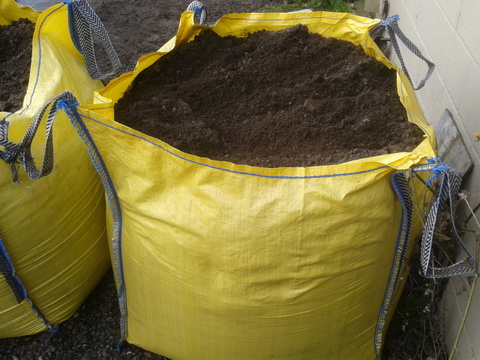

Choosing the right Topsoil
Selecting the right topsoil is crucial for the success of your garden, lawn, or planting project. Using cheap, recycled soil—often sourced from skip waste—can do more harm than good. It may contain contaminants like glass, oil, and diesel, making it completely unsuitable for growing healthy plants.
Think of it like putting diesel in a petrol car—it simply won’t work! Poor-quality soil lacks the nutrients and structure needed for strong root development, leading to patchy lawns, struggling plants, and poor drainage.
For the best results, always choose high-quality, farm-sourced topsoil that is nutrient-rich, clean, and free from contaminants. A well-balanced topsoil mix ensures lush, green lawns, vibrant flower beds, and thriving fruit and vegetable gardens. Investing in the right soil from the start means a healthier, more resilient garden in the long run.
Topsoil for your new lawn
Turf is hardy and can root in poor conditions, including heavy clay soil or even building sand. However, to maintain a lush, healthy lawn, it’s essential to use high-quality, clean, farm-sourced topsoil like ours.
Just as humans can survive on pizza and fizzy drinks but thrive on organic vegetables and fish, your lawn needs fertile, loamy soil for rapid root establishment, a rich green colour, and proper moisture retention.
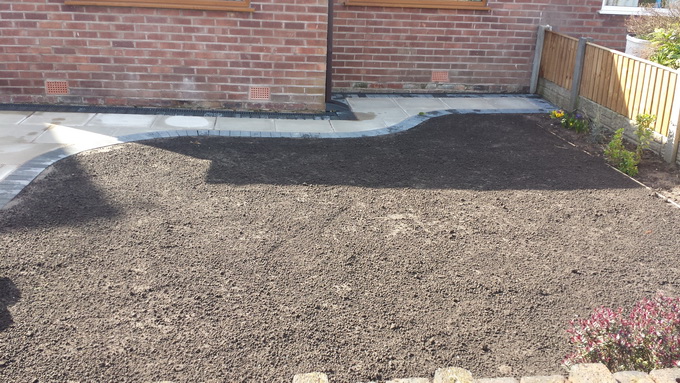
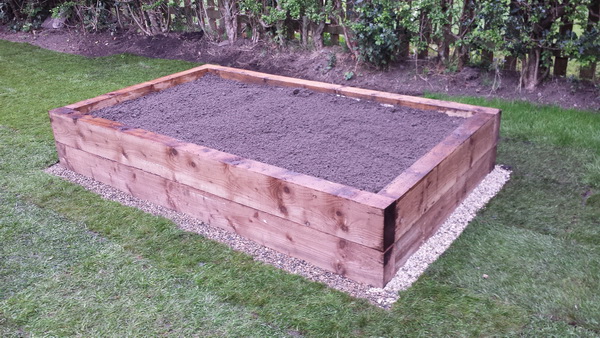
Topsoil for Flower Beds & Vegetable Growing
For flower beds and vegetable gardens, using the right topsoil is essential for healthy plant growth and abundant yields. Our farm-sourced soil is rich in organic matter and natural nitrogen, providing the key nutrients your plants need to flourish from root to bloom.
A well-balanced topsoil mix supports strong root development, moisture retention, and improved soil structure, creating the perfect environment for flowers to thrive and vegetables to grow robustly. Whether you're planting roses, perennials, or seasonal crops, our nutrient-rich soil ensures vibrant colours, stronger stems, and improved disease resistance.
For vegetable growing, the natural nitrogen in our soil boosts leafy growth, while essential minerals like potash strengthen roots, ensuring tasty, nutrient-packed produce. From tomatoes to root vegetables, our topsoil provides the ideal foundation for a bountiful, chemical-free harvest.
Summer Lawn Care Tips
At this time of the season, water is absolutely vital! Ensure you give your lawn a deep soak, rather than a quick two-minute splash. However, avoid overwatering, as this can encourage weeds to thrive.
In June, the combination of sunlight and water will mean mowing 2-3 times a week is necessary. A light spiking every 5-6 weeks will also help aerate the soil and promote healthy growth.
As we move into July, don’t be alarmed if your lawn starts to lose some colour—this is a natural defence against strong sunlight and is completely normal for this time of year.
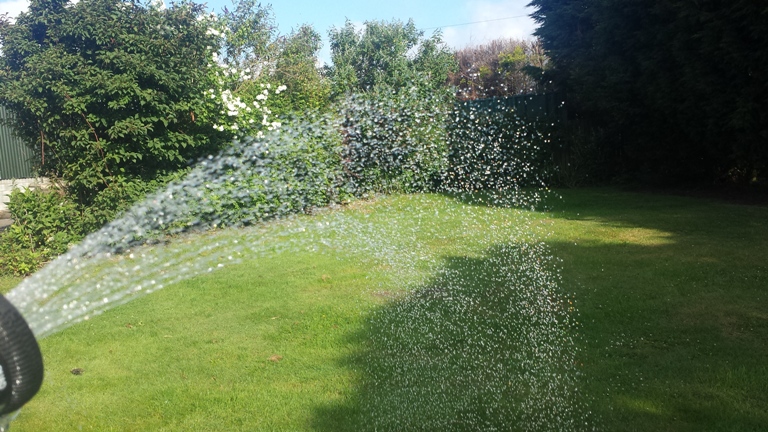
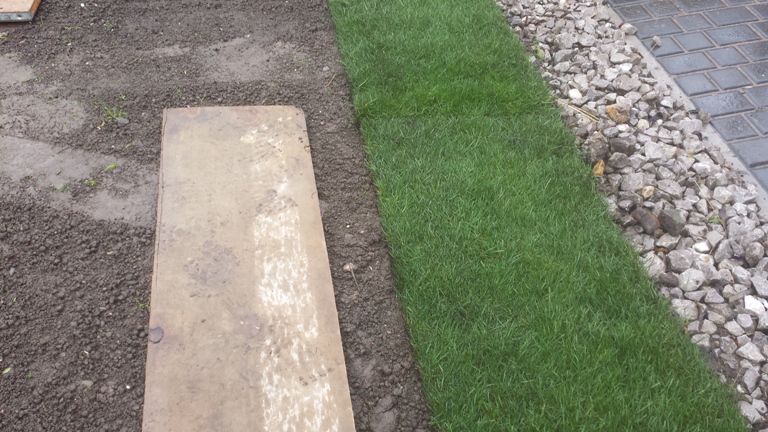
Laying your new lawn
Laying a new lawn is surprisingly simple, with the hardest part being preparation. The goal is to create a level surface, which requires a loose, workable soil base. This can be achieved by rotavating, digging manually, or adding a layer of topsoil.
For the best results, apply 1-2 inches of clean topsoil to improve root development, water retention, and nutrient availability. This will create an ideal foundation for rapid root establishment and long-term lawn health.
While manually digging over the old lawn or soil is the cheapest option, it is also the most labour-intensive. However, it can still provide a suitable base for laying new turf.